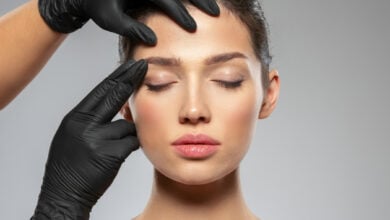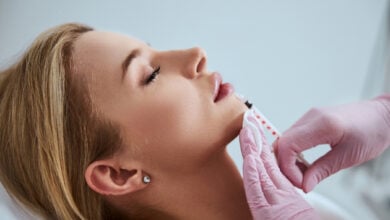Hair Transplant Hospitals and Clinics
Hair transplant clinics in Istanbul offer experienced specialists, modern FUE/DHI techniques, and clear package pricing. You’ll have pre-op tests, a personalized graft plan, and gentle aftercare; daily life resumes quickly while new growth appears over months. Typical packages range from about \$900 to \$4,800, with English-speaking teams, VIP transfers, and follow-up support.
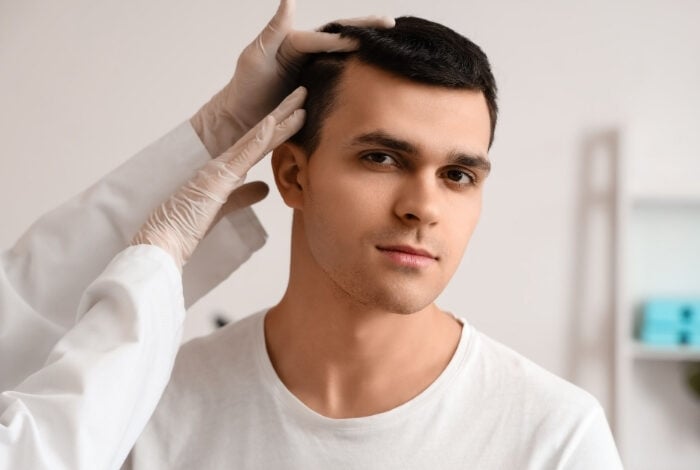
Short version: Istanbul is one of the world’s busiest places for hair restoration. People come for experienced teams, organized clinics, and smooth travel. This post shares what you’ll find here, how to choose hair transplant hospitals and clinics, what a typical plan looks like, and how to keep things safe and simple while you enjoy the city.
Why Istanbul Works So Well for Hair Transplants
Experience at scale
Volume matters in hair surgery. Istanbul’s hospitals and dedicated hair centers treat large numbers of local and international patients every week. High volume brings practiced workflows, steady hand skills, and teams who have seen many different hair types and donor situations. That helps with planning and with small details that change results, like angles, density, and hairline design.
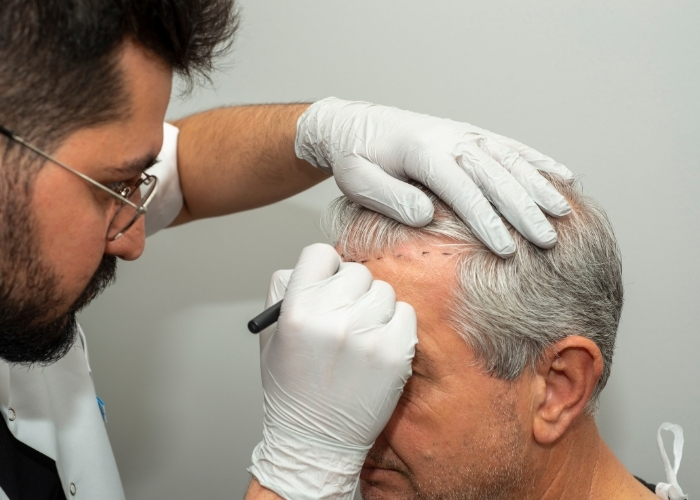
Travel is easy
Istanbul sits at a major air crossroads. Most patients can arrive with one flight. The main airport connects directly to the city and hospitals by metro, taxis, and private transfers. For a medical trip, fewer connections and a short ride to your hotel make a real difference on surgery day and follow-up days.
International patient support
Larger hair transplant hospitals and many specialty clinics run international desks. Coordinators help with quotes, airport pickups, hotel suggestions, and paperwork for your insurer if needed. Türkiye also operates a 24/7 national assistance line for international patients, which you can call for official guidance and language support.
Hospitals vs. Clinics: What’s the Difference?
Hospital-based programs
Many private hospitals in Istanbul offer hair restoration within dermatology or plastic surgery units. These centers are ideal if you prefer a full hospital environment, if you have medical conditions that need extra monitoring, or if your plan includes sedation in addition to local anesthesia. There are also specialized hair transplant hospitals.
Dedicated hair transplant hospitals and clinics
Specialty clinics focus on hair only. They are licensed outpatient medical facilities with procedure rooms, recovery areas, and device maintenance routines. The better clinics operate like a small hospital floor: clear consent, sterile workflow, traceable products, and scheduled follow-ups.
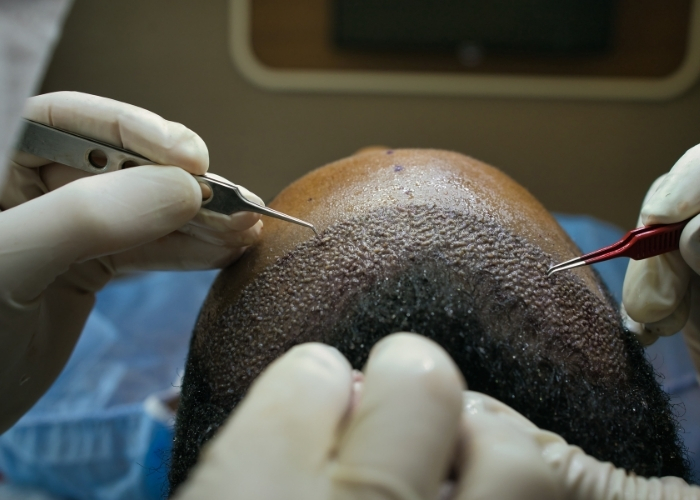
Which is right for you?
Think about your health history, comfort level, and the complexity of your plan. Simple cases do well in licensed clinics. Cases with medical comorbidities or a need for sedation are often safer inside a hospital program. In both settings, the core questions are the same: who designs the plan, who harvests grafts, who makes the recipient sites, and how aftercare is managed.
Common Techniques (Plain English)
FUE (Follicular Unit Excision)
FUE means the team removes individual follicular units (small natural bundles of 1–4 hairs) from the donor area using tiny punches, then implants them where you need hair. It avoids a linear strip scar. It is surgical work and must be performed by trained medical professionals.
FUT (Strip method)
FUT removes a thin strip of scalp from the permanent donor area. The strip is dissected under a microscope into grafts and then implanted in the recipient area. It can be useful when you need many grafts and you accept a linear donor scar.
DHI (Direct Hair Implantation)
DHI is a way of placing grafts—often with an implanter “pen”—so extraction and implantation steps can be closely sequenced. It is a variation within the FUE family, not a different science. What matters is the plan, handling of grafts, and who is doing each step.
How Clinics Are Regulated in Türkiye (Why That Protects You)
Licensed medical facilities
Hair transplant services in Türkiye must be delivered in licensed medical settings (hospitals or authorized outpatient facilities). These facilities follow rules on staffing, equipment, sterilization, and emergency readiness. Recent updates to the outpatient-facility regulation in 2025 tightened structure around staffing and specialties in medical centers and polyclinics.
Certified teams and defined roles
Hair transplantation is a medical procedure. The Ministry of Health sets standards for who can perform which steps and requires specific certifications for hair transplant units and support staff in licensed institutions. The system emphasizes that a physician leads care, performs the surgical steps requiring a doctor, and supervises the team.
Product & device traceability
Türkiye runs a national product tracking system for medical devices and certain supplies. Clinics and hospitals record products and device maintenance. This makes it normal to ask which punch system, implanter, or consumables are used, and to see them documented in your file.
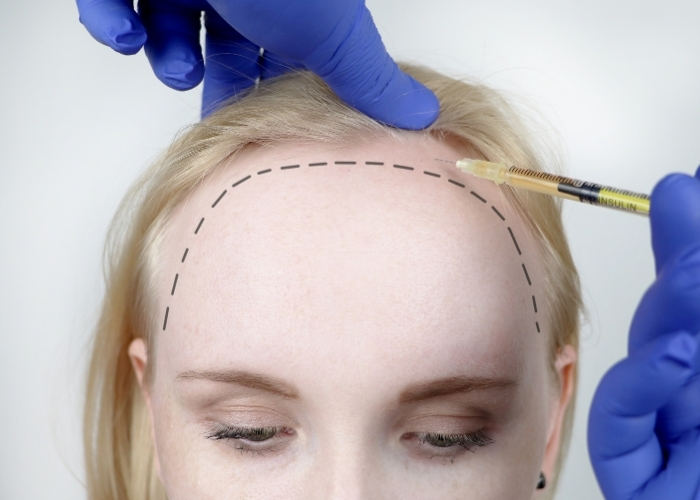
Advertising rules
There are strict limits on healthcare advertising in Türkiye. You will see fewer dramatic “before/after” pictures in public than on social media elsewhere. This is on purpose. Clinics focus on information and consent in private, not flashy marketing. It protects patients and makes claims more realistic.
What a Typical Plan Looks Like
Step 1 — Online review
You send photos of donor and recipient areas. A doctor or senior planner estimates a safe graft range and proposes a design. Good teams say no to “unlimited graft” promises. Donor hair is finite. Safe plans protect density and avoid overharvesting.
Step 2 — Consultation day
At the clinic, you have a physical exam, measurements, and dermatoscope checks. You discuss hairline shape and density. The team explains pros and cons of FUE vs. FUT for your case, and whether DHI-style placement makes sense. You sign informed consent that lists risks and alternatives. You also receive a written schedule and aftercare plan.
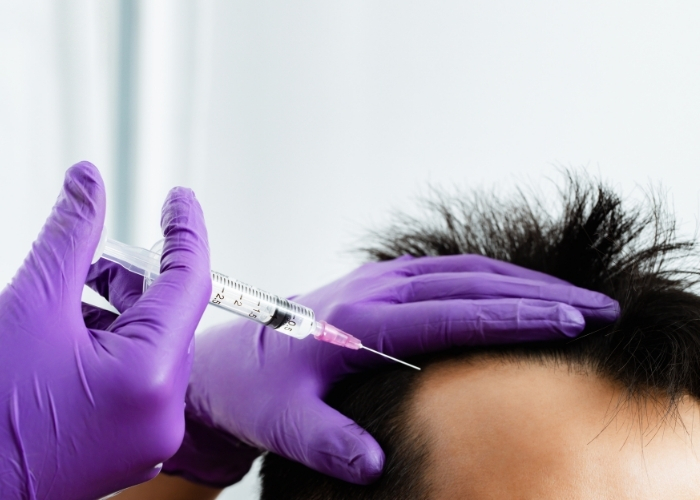
Step 3 — Procedure day
Most procedures use local anesthesia. Some patients receive light sedation in hospital programs. Grafts are harvested, sorted, and kept in proper solution at controlled temperature. Recipient sites are created by the physician, and implantation follows the agreed design. Breaks are planned. You go home or to your hotel the same day with written instructions, medications, and an emergency contact.
Step 4 — The first month
Expect redness and small scabs that clear in about 7–10 days with proper washing. “Shock loss” shedding is normal—new growth usually starts around month 3–4. Most teams ask for photo check-ins and one in-person control before you fly home.
Safety Notes I Share with Every Friend
Know who does what
Ask clearly: who harvests grafts, who makes the incisions/recipient sites, and who places grafts. In Türkiye, the physician must lead the surgery and perform the parts that only doctors are allowed to do. Support staff work under medical supervision. If the answers are vague, walk away.
Protect the donor
Overharvesting causes patchy donor “moth-eaten” areas. A safe plan spaces punches, considers hair caliber and density, and respects future needs. It is better to stage work over time than to take too much in one go.
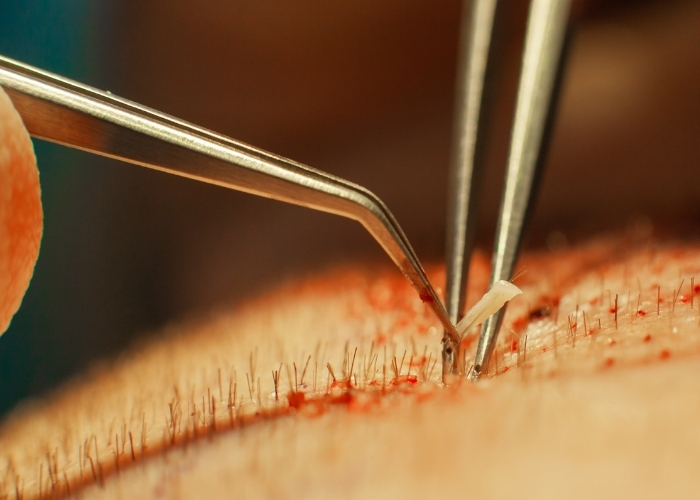
Plan for long term
Androgenetic hair loss is progressive. A smart plan thinks about tomorrow’s hairline, not only today’s. Your doctor should explain medical therapy options, maintenance, and how many grafts are likely available for future sessions.
Be skeptical of “too good to be true” offers
Be cautious with claims of “unlimited grafts,” ultra-cheap bundles, and no doctor involvement. Look for clean facility photos, full names and specialties, and device and product brands you can verify.
How to Choose a Hospital or Clinic in Istanbul
1) Verify the facility
Confirm the clinic is a licensed medical facility (not a beauty salon) or that the service is inside a licensed hospital. Larger hospitals may also hold international accreditation you can check in a public directory. Accreditation is a systems check—it does not replace a surgeon’s skill, but it is a good signal.
2) Verify the doctor
Get the surgeon’s full name and specialty (dermatology or plastic surgery are most common). Ask about personal case volume and what part of the surgery they perform. This is a normal question. Good teams answer comfortably.
3) Ask for a written plan and price
Ask for a pro forma that lists: expected graft range, technique, who does each step, anesthesia plan, session length, what is included (transfers, wash, PRP, medicines), what is not included, and what happens if you need a second day or a small touch-up.
4) Confirm product & device details
Ask about punch size and system, implanter type, storage solution, and whether devices are maintained by the official distributor. Clinics in Türkiye are used to these questions. Many will also add sticker labels or a “graft passport” to your file for traceability.
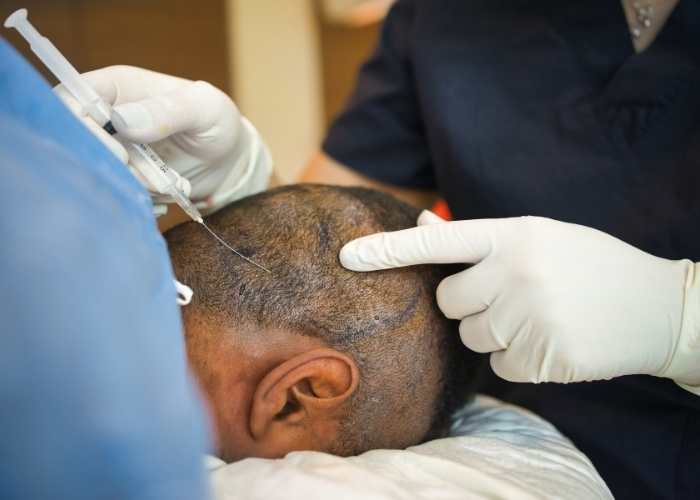
5) Aftercare & follow-up
Ask how many washes are included, when crust removal happens, how to sleep the first nights, and when to restart exercise. Confirm how remote follow-up works once you are home (WhatsApp, email, tele-visits). Get someone’s direct number for the first week.
Money & Insurance (Practical Bits)
How payment usually works
Most patients pay by card or bank transfer. Standard travel insurance does not cover planned cosmetic procedures, including hair transplants. Some people buy separate “complications cover.” If you want that, purchase it before the procedure and read the window of coverage carefully.
Direct billing
A few global insurers work directly with major hospitals, but not commonly for elective hair surgery. If your insurer offers a letter of guarantee, send it in advance and ask whether the hospital will accept it for any pre- or post-op care related to the trip.
Tourism + Treatment: Keep It Gentle
Plan easy wins between visits
Choose low-effort mood boosters: a Bosphorus cruise with a window seat, an elevator-friendly viewpoint, a short park walk, or a ferry ride across the strait. Istanbul gives you big views without big steps—perfect for recovery days.
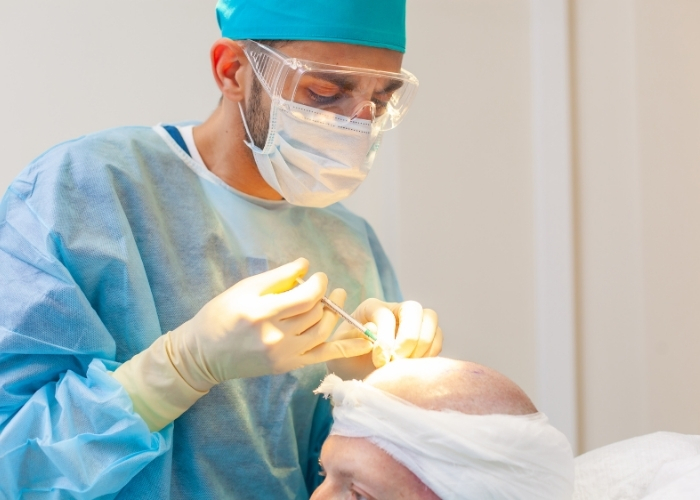
Stay close
Pick a hotel within a short ride of your clinic for the first 48–72 hours. Ask your coordinator for partner hotels and quiet rooms. Keep evenings free the first week, and protect your scalp from sun with a loose hat after your team says it’s okay.
Frequently Asked Questions
Is Turkey really the “capital” of hair transplants?
Media coverage and professional surveys agree that Turkey—and especially Istanbul—handles a very large share of global hair-restoration travel. The mix of experienced surgeons, organized clinics, and easy air links keeps demand high.
Is FUE better than FUT?
Neither is “better” in every case. FUE avoids a linear scar and is today’s most common method. FUT can be useful when you need large graft numbers and have the right donor characteristics. The right choice depends on your hair, your goals, and your tolerance for different scar patterns.
How many grafts can I get?
It depends on donor density, hair caliber, curl, and future hair-loss risk. Safe plans protect the donor. Be wary of one-size-fits-all numbers and “unlimited” offers.
Can I combine surgery with sightseeing?
Yes, but keep it light. The first week is for gentle walks, rest, and shade. Save heavy sightseeing for another trip.
A Simple Checklist
Before you book
- Confirm the facility is licensed and, if hospital-based, check any external accreditations
- Get your surgeon’s full name, specialty, and who performs each surgical step
- Ask for a written, itemized plan (grafts, technique, anesthesia, inclusions/exclusions)
- Request device/product details and how they are tracked in your file
- Clarify aftercare visits and remote follow-up once you are home
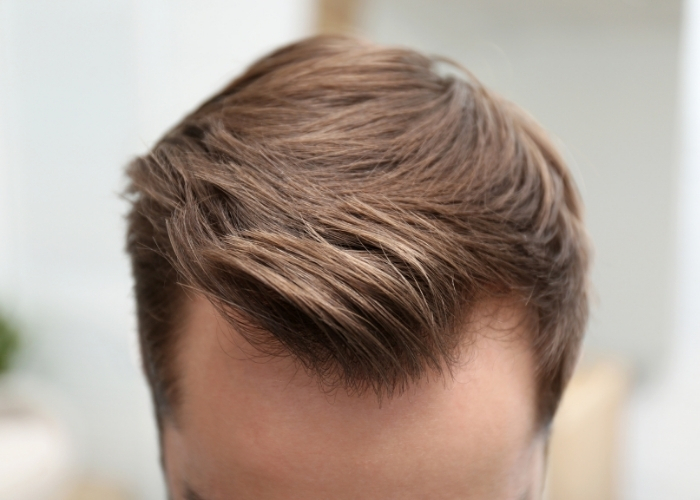
Before you fly
- Bring clear photos, any lab results, and a medication list
- Book a hotel close to the clinic; arrange transfers for surgery day
- Protect time for rest; plan only gentle activities
Back home
- Share your operative note and aftercare plan with your local doctor if needed
- Stick to the wash schedule and sun protection guidelines
- Send monthly photos as requested; don’t rush judgments before month 6–12
Bottom Line
Istanbul is a strong choice for hair restoration because the system is built for it: experienced surgeons, structured clinics, clear rules, international support, and easy travel. Choose a licensed setting, ask who does each step, get a simple plan in writing, and keep your schedule gentle. Let the city make the process feel human and manageable.
This post shares general information. It is not medical advice. Always decide with your doctor and chosen clinic.
References
- International Society of Hair Restoration Surgery (ISHRS) — 2025 Practice Census results and trends in patient demographics and non-scalp transplants.
- ISHRS educational pages — definitions and explanations of FUE (Follicular Unit Excision) and FUT techniques; 2018 terminology update from “Extraction” to “Excision.”
- HealthTürkiye (USHAŞ / Ministry of Health) — official portal for international patients; 24/7 assistance line and mission.
- İGA Istanbul Airport — corporate statistics: 80.71 million passengers in 2024 (63 million international).
- Cirium/AeroTime coverage — Istanbul Airport recognized for global connectivity (2025).
- Türkiye: Regulation on Promotion & Information Activities in Health Services (29 July 2023) — advertising/“before–after” restrictions.
- Outpatient Private Health Institutions Providing Diagnosis & Treatment (new Regulation, Official Gazette 19 Apr 2025) — staffing and facility updates affecting clinics.
- International Health Tourism & Tourist Health Regulation (2025) — sector duties, multilingual call-center and oversight via HealthTürkiye.
- Hair Transplant Units Regulation updates (2023) — certified personnel and defined roles in licensed institutions; Turkish Ministry and news release.
- ISHRS consumer safety resources — warnings about “black market” clinics and technician-run surgeries; global context.
- Vox explainer & podcast coverage — how Turkey became a global hub for hair transplants; cultural and economic factors (2025).
